SODIUM SULFACETAMIDE/SULFUR - TOPICAL
PHONETIC PRONUNCIATION: (SOE-dee-um SUL-fa-SEET-a-mide/SUL-fur)
COMMON BRAND NAME(S): Plexion TS, Rosula
GENERIC NAME(S): sulfacetamide sodium/sulfur
Uses
USES: This medication is used to treat several skin problems (acne, acne rosacea, seborrheic dermatitis). Sodium sulfacetamide works by stopping the growth of certain bacteria on the skin that can lead to acne and worsen these other skin conditions. It belongs to a class of drugs known as sulfa antibiotics. Sulfur works by helping remove the top layer of dead skin. It belongs to a class of drugs known as keratolytics. It may also help kill acne-causing bacteria and unclog pores. This medication may also contain other ingredients (for example, other keratolytics such as urea).
How to use SODIUM SULFACETAMIDE/SULFUR - TOPICAL
HOW TO USE: This medication is for use on the skin only. Clean and dry the affected skin area and your hands. Some products need to be shaken before use. If so directed on the product label, shake the container well before each use. Apply a thin layer of the product to the areas of skin with acne, rosacea, or seborrhea as directed by your doctor, usually 1 to 3 times daily. Dosage is based on your medical condition and response to treatment. Follow your doctor's directions. Wash your hands with soap and water after each use. Do not apply this product to skin that is cracked, broken, or raw because this may increase your risk of side effects. Avoid getting this medication on your eyelids or lips, or in your eyes, nose, or mouth. If you do get medication in these areas, rinse with plenty of water. Use this medication regularly to get the most benefit from it. Do not apply large amounts of this medication, use it more often, or use it for longer than prescribed. Your condition will not improve any faster, and your risk of side effects may increase. Tell your doctor if your condition does not improve after a few weeks. Stop using this medication and tell your doctor right away if your condition worsens, or if you develop a rash or other serious side effects. See Side Effects section.
Side Effects
Precautions
Interactions
Overdose
Images
Reviews
Faq for SODIUM SULFACETAMIDE/SULFUR - TOPICAL
Sodium sulfacetamide/sulfur topical is used for treating acne and other skin conditions caused by bacteria.
This medication works by suppressing the growth of bacteria on the skin and reducing inflammation, thus treating acne and improving the overall condition of the skin.
Cleanse the affected area with mild soap and water, then apply a thin layer of the medication to the affected skin once or twice daily, as directed by your healthcare provider. Avoid getting the medication in your eyes, mouth, or nose.
Common side effects may include skin irritation, dryness, stinging, or burning sensation. If any severe side effects occur, such as rash, blisters, or difficulty breathing, seek medical attention immediately.
It is advisable to consult with your healthcare provider before using this medication if you have sensitive skin. They can provide guidance on whether it is suitable for you or recommend alternative treatments.
It is generally safe to use other acne medications, but it is best to consult with your healthcare provider or dermatologist before combining multiple treatments. They can ensure compatibility and recommend the best approach for your specific situation.
The effectiveness of the medication can vary from person to person. Improvement in acne symptoms may be noticed within a few weeks, but it may take several months of consistent use to see significant results.
It is recommended to consult with your healthcare provider before using this medication if you are pregnant, planning to become pregnant, or breastfeeding. They can assess the potential risks and benefits and provide appropriate guidance.
This medication may be used by children, but it is important to follow the dosage and application instructions provided by a healthcare professional. It is best to consult with a pediatrician before using this medication on children.
Disclaimer
IMPORTANT: HOW TO USE THIS INFORMATION: This is a summary and does NOT have all possible information about this product. This information does not assure that this product is safe, effective, or appropriate for you. This information is not individual medical advice and does not substitute for the advice of your health care professional. Always ask your health care professional for complete information about this product and your specific health needs.
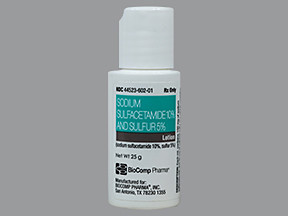
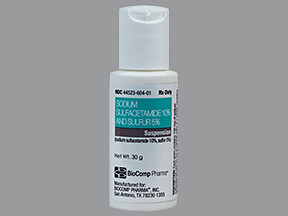
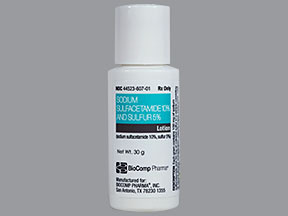
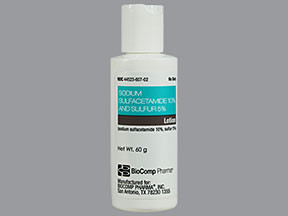
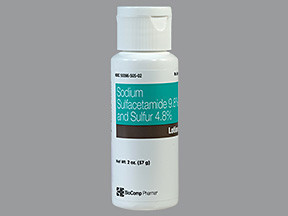
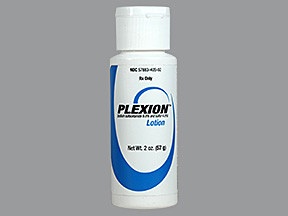
No Reviews Yet